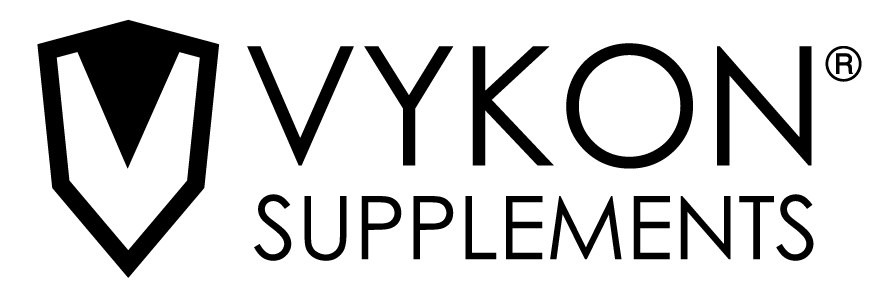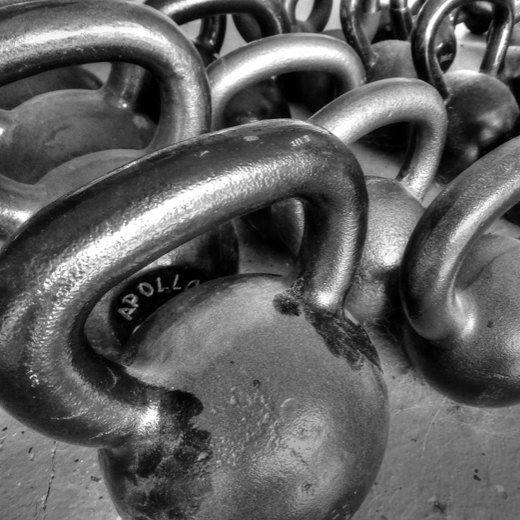KETTLEBELLS CHANGE PERFORMANCE.
Kettlebells are an amazing fitness tool that goes back in history almost 350 years; it appeared in the Russian dictionary dating back to 1704. The Russian giyra was a type of metal or cast iron weight, utilized as a counterweight to weigh dry goods on the market scales for farmers in the 18th century. They started to get thrown around by strongmen such as Arthur Saxon, the Mighty Apollo and Clevio Massimo in the latter part of the 1800s. By 1900, the “Father of Kettlebells”, Dr. Vladislav Krayevsky coined the term “heavy athletics”. Being considered the founder of Russian Weightlifting he wrote the book “The Development of Physical Strength with Kettlebells and without Kettlebells”, detailing ways to maximize the human body as a tool for strength.
ONE OF THE BEST TOOLS
The kettlebell by many has been declared one of the best tools for all-around physical development. The Russian military adopted the use of kettlebells in their tactical training as it promoted strength, endurance, and flexibility.
By 1948 the sport of Kettlebell was going strong and Kettlebell Sport Lifting became the Soviet Union’s National Sport. A sport in which Valery Fedorenko brought to North America in 2006, where it started to gain popularity.
TECHNIQUE IS EVERYTHING!
With any fitness tool, proper technique is essential when performing a lift which involves weight, and kettlebells are no different. So what’s so special about a kettlebell compared to dumbbells and other training tools used at the gym? Well the main staple that most of you have heard of, and performed, is the “swing”. Kettlebell swings engage the hips, glutes, hamstrings, lats, abs, shoulders, pecs and grip for an all over extreme fitness movement. A Russian friend of mine once said to me, “the kettlebell is unique and is used for general fitness because you can swing it. You can’t swing a barbell or a dumbbell”. Kettlebells are simple and that is one of the things that I like about them.
BEFORE YOU GET STARTED…
Before you get started, you need to know how to pick the right weight for you. A good starting kettlebell weight for women is between 8 and 12 kilograms and men can aim for a range of 16 to 20 kilos. This is just an average, which means, you can start with a lower weight or move up to the next size based on how you feel and your experience. As with any other workout routine, if any of the exercises feel uncomfortable or cause pain, stop doing them, and consult an expert.
Kettlebell training can be compared to high-intensity interval training (HIIT) in that the exercises are somewhat aerobic and can be an effective cardio workout. Kettlebell training also involves a high number of repetitions for minutes at a time, or with small breaks. One training session can last just 20 minutes, yet entail a greater intensity of work per minute than most other exercises. In addition to improvements in athletic performance, training with kettlebells will help decrease an athlete’s likelihood of injury. Training volume associated with preparing for a triathlon, for example, can sometimes result in overuse injuries, muscular imbalances, and joint fatigue. Kettlebell workouts help counteract those tendencies with improved balance, unilateral strength and muscular recruitment patterns. Moreover, it is possible to obtain these benefits with minimal pounding on fatigued connective tissue or ailing tendons. Overall, kettlebells can be used by many different types of athletes to improve their performance.






